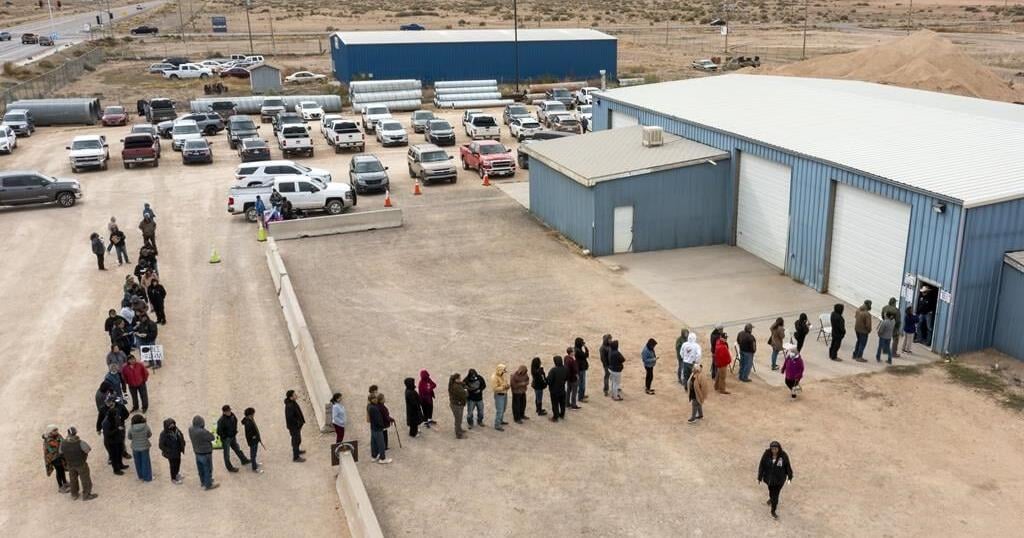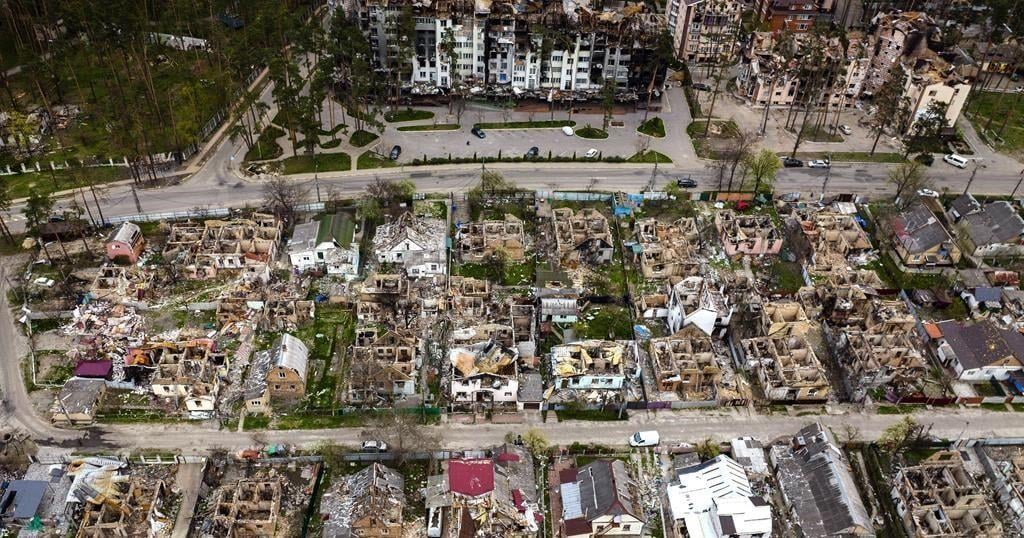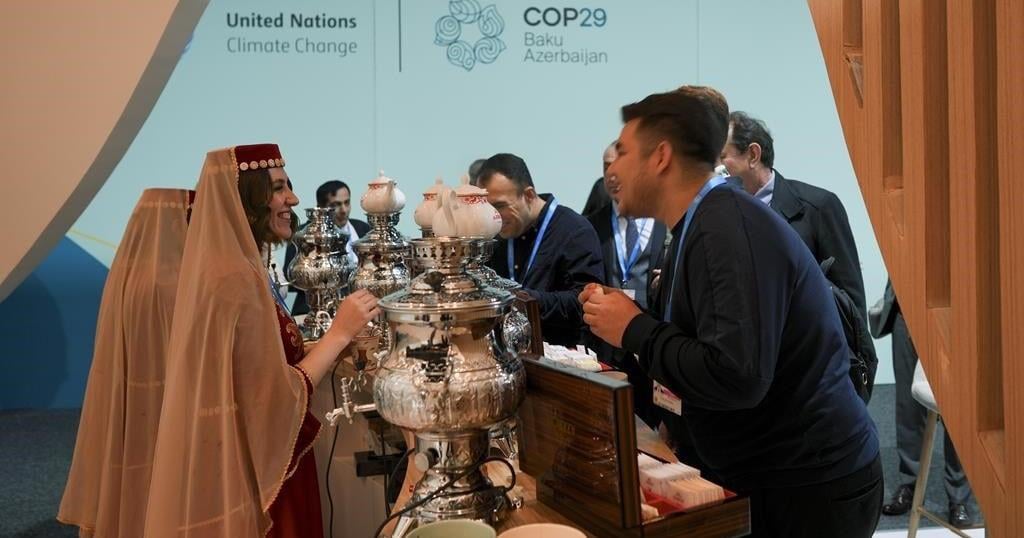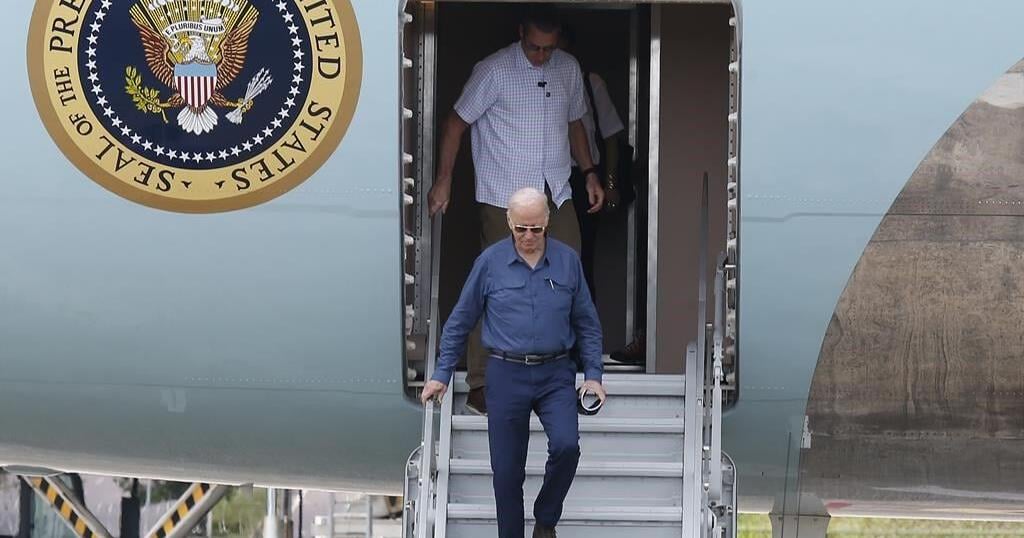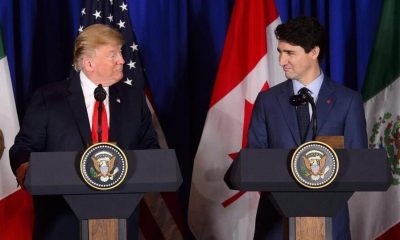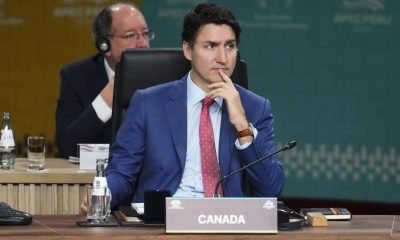The 2024 presidential election featured sky-high turnout, approaching the historic levels of the 2020 contest and contradicting long-held conventional political wisdom that Republicans struggle to win races in which many people vote.
According to Associated Press elections data, more than 153 million ballots were cast in this year’s race between Republican Donald Trump, now the president-elect, and Democrat Kamala Harris, the vice president, with hundreds of thousands of more still being tallied in slower-counting states such as California. When those ballots are fully tabulated, the number of votes will come even closer to the 158 million in the 2020 presidential contest, which was the highest turnout election since women were given the right to vote more than a century ago.
“Trump is great for voter turnout in both parties,” said Eitan Hersh, a political scientist at Tufts University.
The former president’s victory in both the Electoral College and popular vote — Trump currently leads Harris by nearly 2.5 million votes nationwide — also contradicts the belief in politics that Democrats, not Republicans, benefit from high-turnout elections.
Trump himself voiced it in 2020 when he warned that a Democratic bill to expand mail balloting would lead to “levels of voting that, if you ever agreed to it, you’d never have a Republican elected in this country again.” That warning came as Trump began to sow conspiracy theories about using mail voting during the coronavirus pandemic, which he then used to falsely claim his 2020 loss was due to fraud.
That claim led to a wave of new laws adding regulations and rolling back forms of voting in GOP-controlled states and an expansion of mail voting in Democratic-led ones, as the battle over turnout became a central part of political debate. Such laws usually have a miniscule impact on voting but inspired allegations of voter suppression from Democrats and cheating from Republicans.
“It’s such an embarrassing story for proponents on both sides, because it’s so obviously wrong,” Hersh said.
Though both sides are likely to continue to battle over how elections are run, Trump’s high-turnout victory may take some of the urgency out of that confrontation.
“Now I think, you just won the popular vote, I think it’ll quiet down,” said Patrick Ruffini, a Republican data analyst and pollster who has long argued his party can succeed in a high-turnout election with a diverse electorate.
Experts note that turnout in the seven swing states at the heart of the election was even higher than in the rest of the country.
“This was a campaign in seven states much more so than previous elections have felt like,” Ruffini said.
While the rest the country shifted significantly from 2020, when Democrat Joe Biden won the popular vote by 7 million, or 4.5 percentage points, the outcome in the swing states was closer. The turnout story also was different. Turnout dropped from 2020 in noncompetitive states such as Illinois, which recorded more than 500,000 fewer votes than in the last presidential election, and Ohio, which reported more than 300,000 less.
Meanwhile, the number of votes cast topped those in 2020 in the battleground states of Georgia, Michigan, Nevada, North Carolina, Pennsylvania and Wisconsin, all of which Trump won. Arizona’s turnout was nearly even with four years ago, as the state continued to count ballots.
Harris even met or topped Biden’s vote totals in Georgia, Nevada, North Carolina and Wisconsin, and turnout has far eclipsed that of the 2016 presidential election, when 135.6 million voters cast ballots in a race won by Trump over Democrat Hillary Clinton. The problem for Democrats is that Trump did better in the battlegrounds than four years ago.
“The Harris campaign did a pretty good job getting voters out who wouldn’t have come out,” said Tom Bonier, a Democratic data analyst. “She did get her voters out. Trump got more.”
Those Trump turnout victories included first-time voter Jasmine Perez, 26, who voted for Trump at the Las Vegas Raiders stadium.
“I’m a Christian and he really aligns with a lot of my values as a Christian in America, and I like that he openly promotes Christianity in America,” Perez said.
Voting alongside her was Diego Zubek, 27, who voted for Trump in 2016 but didn’t vote in 2020 because he figured Trump would win easily. He voted for Trump this year.
“I wasn’t going to let that happen again,” Zubek said.
A key part of the GOP strategy was reaching out to voters such as Perez and Zubek, encouraging early and mail voting after Republicans had largely abandoned them in the past two elections due to Trump’s lies about vote fraud. Conservatives mounted extensive voter registration and get-out-the-vote operations targeting infrequent voters, a demographic that many operatives have long believed would not vote for the GOP.
More than half the votes were cast before Election Day this year, according to AP tracking of the advanced vote.
During the campaign, Andrew Kolvet, a spokesman for Turning Point Action, a conservative group that ran a get-out-the-vote campaign with more than 1,000 workers in multiple battleground states, cited Stacey Abrams, a onetime Democratic candidate for Georgia governor, as an inspiration in his group’s effort. Abrams’ success mobilizing Black voters and other groups in her home state that were less likely to vote helped pave the way for Biden’s 2020 win there.
“We saw that Trump has this amazing reservoir of low-propensity conservatives who needed a little coaxing,” Kolvet said in an interview Friday. “They didn’t think their vote mattered, and their No. 1 pushback was they didn’t understand, really, how to vote.”
Kolvet acknowledged that conservatives long believed large turnout didn’t help them but contended that’s changed in the Trump era: “Our ideas are more popular,” he said.
Whether it continues is up to what happens next in Washington.
“It’s going to be up to conservatives to make good on those campaign promises,” Kolvet said.

